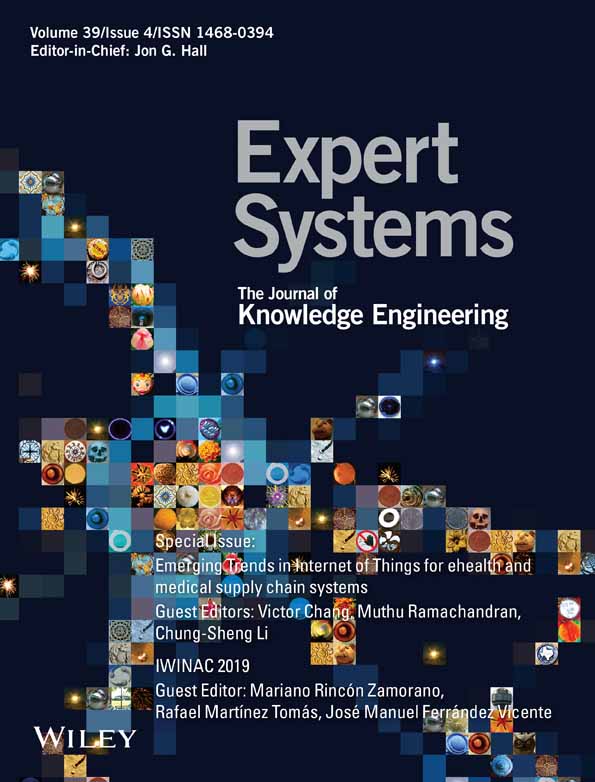Neighbour-based bag-of-samplings for person identification through handwritten dynamics and convolutional neural networks
Funding information: Conselho Nacional de Desenvolvimento Científico e Tecnológico, Grant/Award Numbers: 307066/2017-7, 427968/2018-6; Fundação de Amparo à Pesquisa do Estado de São Paulo, Grant/Award Numbers: 2013/07375-0, 2014/12236-1, 2019/07665-4, 2019/02205-5, 2020/12101-0
Abstract
Biometric recognition provides straightforward methods to deal with the problem of identifying people under certain circumstances. Additionally, a well-calibrated biometric system enhances security policies and prevents malicious attempts, such as fraud or identity theft. Deep learning has arisen to foster the problem by extracting high-level features that compose the so-called ‘user fingerprint’, that is, digital identification of a particular individual. Nevertheless, personal identification is not a trivial task, as many traits might define an individual, varying according to the task's domain. An exciting way to overcome such a problem is to employ handwritten dynamics, which are hand- and motor-based signals from an individual's writing style and obtained through a biometric smartpen. In this work, we propose using such signals to identify an individual through convolutional neural networks. Essentially, the proposed work uses a neighbour-based bag-of-samplings procedure to sample the signals to a fixed size and feeds them into a neural network responsible for extracting their features and further classifying them. The experiments were conducted over two handwritten dynamic datasets, NewHandPD and SignRec, and established new fruitful state-of-the-art concerning these particular datasets and the corresponding context.
CONFLICT OF INTEREST
The authors declare no potential conflict of interests.
Open Research
DATA AVAILABILITY STATEMENT
The data that support the findings of this study are openly available in Recogna Laboratory at https://recogna.tech/files/datasets/signrec.rar.




